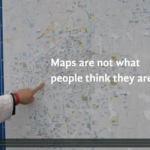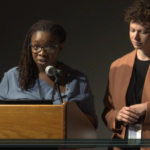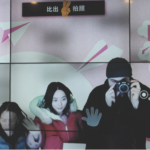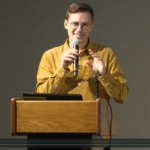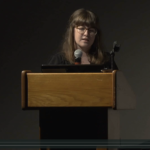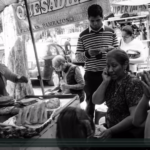
CHRISTOPHER A. GOLIAS, PHD
[s2If current_user_can(access_s2member_level1)]
[/s2If]
[s2If !is_user_logged_in()]
Please sign in or become an EPIC Member to access video.
[/s2If]
[s2If current_user_is(subscriber)]
Become an EPIC Member to access video. Learn More.
[/s2If]
[s2If is_user_logged_in()]
[/s2If]
PechaKucha Presentation
This PechaKucha explores the ethics of interpreting data by employing an extended metaphor of data as the lifeblood of the connected world. It begins by exploring two distinct viewpoints on medical pulse diagnosis, starting from the perspective of the acupuncturist diagnosing a patient’s pulse and continuing through differences between Eastern pulse diagnosis and biomedical pulse diagnosis. I explore data as lifeblood, and imagine more visceral ways to read data (e.g., auguring data) and the ethical implications of such a reading. I envision data as a flowing river filling a lake, in which diagnostic specialists observe society’s reflection. In the process, I contrast utopian visions of...




